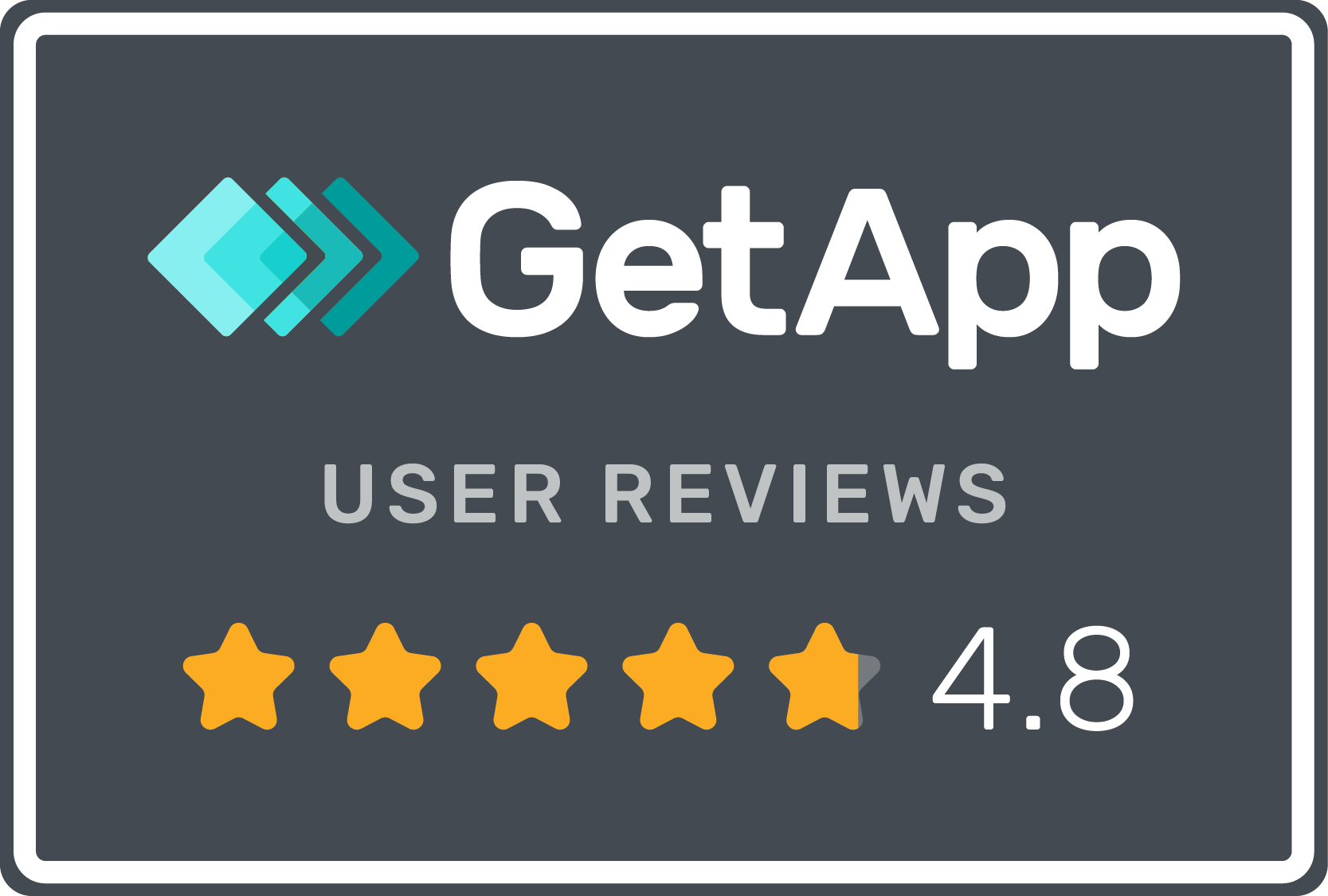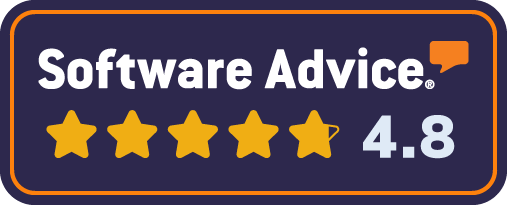Brandkit was the first platform, (founded in 1994) designed to host your whole Brand System (including your brand knowledge, guidelines, and digital assets) in one place in the cloud.
Brandkit Platform Tour starts here
Why Brandkit?
'If a picture is worth 1000 words, then a brand is worth 1000 pictures. So, where are yours?'
Organizing, sharing and deploying your 'pictures', brand resources, and content is vital to success.

Providing your team, partners and collaborators, safe access to resources. Saving everyone's time, reducing inertia, accellerating GTM, and energizing your brand.
BEFORE Brandkit...
Top 4 challenges for Marketing Teams

Too much to do. Hair on fire?
4 Common Pain Points (before Brandkit)
This is what professional marketers tell us is their top 4 brand content challenges:
- We can't find our files, or it just takes too long.
- Can we use it, what are the usage requirements?
- Sharing with others is usually troublesome.
- Requests for content interrupt our focus and flow.
"The reality is that, most people first hear your brand story from others. So you better make sure your content is shareable by the crowd." - David Vaassen, Founder, Brandkit
Top 4 challenges for Users

4 Common Pain Points for users (before Brandkit)
It's Friday afternoon. The deadline is looming. Naturally you've got a last minute request that you just haven't got to yet - they're waiting ...complaining ...moaning ...and your stuck in the office dealing with all that, while your colleagues are already enjoying the friday socials. These are the top four challenges for users needing your content.
- When we need brand content, it's not obvious who to ask.
- When we ask, it takes forever to get a response.
- Our contact inside the brand is away from their desk for a few hours, a few days, or maybe not there anymore.
- We often can't wait so have resort to something un-official.
"Early to bed, early to rise, work like hell, and advertise."
- Ted Turner, Founder, CNN
A great ROI
Many customers save hundreds if not thousands of lost hours.
Save up to, 11hrs/mth per marketing user on search, 15 To 30 Minutes per File Request, 28% in Asset Creation Costs, and more.
AFTER switching to Brandkit...
Brandkit™ - the better way.

Finding has never been easier, or faster
With everything in one place and a single searchbox to find it all, you'll soon forget the wasted hours previously spent on endless folder diving trying to guess where content assets are stored.
Save hours a week.

Know whether you can use it, or not.
Brandkit makes sure that only approved assets are accessible and displays licence and usage requirements at every turn so users can carry on, move faster and share the right story, without having to pester the marketing team, or "Legal" for clearance.
Be confident in moving forward.

Sharing is brand-safe, and hassle free.
Sharing your brand content with Brankit is Brand-Safe™, and as easy as it gets with secure self-service access for users, easy file transfers, asset syndication, embeds and auto-attachments.
Sharing is suddenly kinda fun.

Avoid interruptions, with self-service.
Every Brandkit comes with a self-service Brand Portal. Now there's one place, a single source of truth and an official brand channel where everyone can go to access your brand content, safely and securely, 24/7 from anywhere they happen to be.
Stay in your flow state.
Why NOT Brandkit?
Don't buy a BMS or DAM,
if you don't need one.
Brandkit® is a BMS (Brand Management System) and DAM (Digital Asset Management software) for Brand and Marketing content, whereas Dropbox, Google Drive etc are online file storage and syncing services for any kind of file.
Buying a BMS (Brand Management System) or DAM (Digital Asset Management) software is much like the decision to buy a camera. If you're serious about your photography, buy a DSLR camera and lighting equipment. If all you want to do is take photo's of your kids, selfies with friends or your cute puppy to share on social media, a DSLR is an un-needed expense when almost all modern smart phones now have a decent camera.
Similarly if you've got files to store somewhere and share occasionally, you probably don't need a BMS/DAM and could get away with something simpler like Dropbox, Google Drive or Microsoft's One Drive.
However, if you're serious about branding and work with rich media assets to tell your story - get a BMS or DAM.
Don't buy Brandkit,
or any other BMS or DAM if:
You're a small traditional business like a plumber, electrician, grocer etc who doesn't do much marketing. DAMs work best when you have reached a tipping point and the costs of not getting organized outweighs the cost of business as usual.
If you're still small or aren't yet scaling up, you can get away with using a local hard drive (with a back up) or an online storage service like Dropbox, Google Drive, etc.
You don't have time to manage a BMS or DAM? A cloud based BMS/DAM like Brandkit is quick to deploy as it requires no software install and while it will ultimately save you time and headaches, it still takes time to manage. It's not a set and forget thing.
You or your team don't work with rich media like images, videos, infographics, artwork, logos, etc. If you're just working with office files like spreadsheets, word documents, etc then a BMS/DAM is most likely the wrong solution for you.
There is no buy in from the senior executives? Adopting a BMS/DAM needs to be companywide and needs to be used by everyone to store and manage rich media assets. It may involve significant changes in current behaviour, so unless the folks at the top fully support and lead adoption, it's likely your BMS/DAM will fail you.
If these apply to you, we recommend you buy Dropbox, Google Drive or Microsoft OneDrive - not a BMS or DAM.

